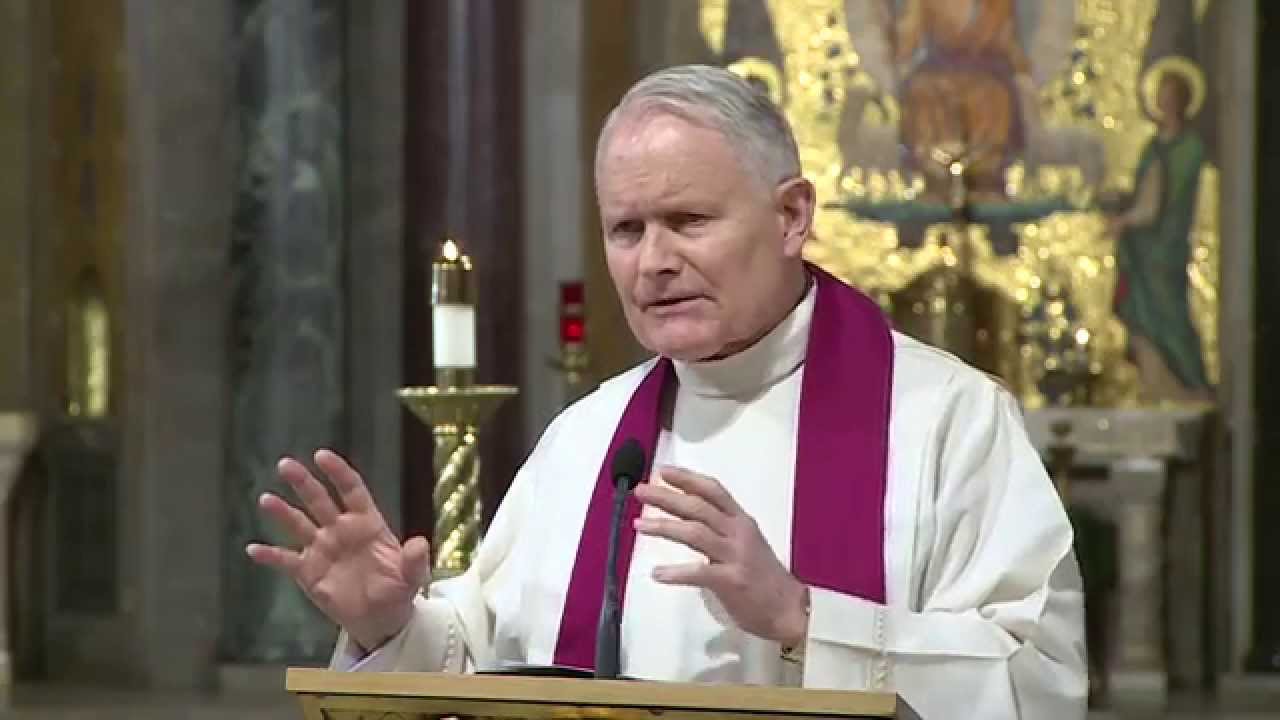This morning, the funeral Mass for a priest named Fr. Arne Panula will be offered by Cardinal Donald Wuerl and others at St. Matthew’s Cathedral in downtown Washington, D.C. A former head of Opus Dei, U.S.A. who died of cancer earlier this week, and long one of the most influential spiritual figures inside the nation’s capital and out, this “Fr. Arne,” as he’s been known to many friends and admirers, was a priest in full. His is not – yet – a household name. But it would shock no one who knew him if that relative obscurity were someday to change.
There is, for starters, his extraordinary story, including the fact that seeming paradoxes of his life resolved one by one in favor of beauty and holiness. A math and science wunderkind, he nevertheless graduated from college an English major with a lifelong devotion to Shakespeare and Keats; the resulting sharp feel for language would prove to be one of the surgical tools in his conversion kit. Educated at Harvard and other secular venues, and surrounded by worldly friends, he nonetheless and cheerily threw his life at God, being ordained in 1973. Strikingly handsome, and bearing an uncanny resemblance to the young Karol Wojtyla, he would go on to witness to many people – especially young people – that their souls depended on what was beautiful inside, not out.
Or consider Fr. Arne’s missionary work in what might seem to be one of the least promising spiritual territories on earth: the nation’s capital. There, in a business district packed with lawyers and lobbyists, he presided with infectious elan over the blandly named Catholic Information Center – a social, spiritual, and intellectual powerhouse like no other, set squarely on DC’s notoriously louche K Street.
Like his predecessors Fr. C.J. McCloskey and Msgr. William Stetson, and with the aid of a dedicated team led by Mitchell Boersma, Fr. Arne saw to it that pilgrims of every kind would migrate to the place: Senators and Supreme Court Justices, tourists and browsers of books, young professionals, troubled spirits in search of help, and other wanderers. Some are drawn in by the CIC’s chapel, the closest tabernacle to the White House. Some come for fellowship, including the convivial social scene. Others seek out the CIC’s intellectual comforts: the outstanding collection of books; the Leonine Forum fellowship for studying the classics of Catholic social thought; the lifetime reading series; the evening speaking programs featuring authors from around the world.

Whatever their individual stories, this blended family of converts, reverts, cradle Catholics, non-Catholics – and even a few anti-Catholics – amount to living proof of an audacious spiritual fact in a time marked by secularization: piece by fortified piece, a packed Trojan horse for the new evangelization has been rolled into the city’s most fabled power corridor – one that will continue its deep countercultural work under Fr. Arne’s successor, Fr. Charles Trullols.
One must also reckon with another rarity: the grace with which Fr. Arne handled life as the sands ran out. Following months during which he continued work at the CIC, the doctors finally dispatched him home with hospice care in winter 2017 – right before Lent. Then Providence threw another curveball. Contrary to forecasts, Fr. Arne ended up living not days or weeks, but months longer than medical algorithms predicted.
Just as his failing to succumb on schedule seemed to defy explanation, so did his vigor. “I’m dying,” he laughed a few weeks ago, “And I’m enjoying some of the best hours of my life.” Until the fifty-ninth minute of the eleventh hour, he radiated a vitality hard to square with the knowledge that death cells had detonated all over inside. “He’s teaching us how to die,” one friend observed. “He’s acting like a saint,” said others.
Such unsettling effects on bystanders – in a good way – kept reverberating. A few months before he entered hospice care, some friends commissioned a portrait of Fr. Arne from master artist Igor Babailov. One of the world’s leading portraitists, Babailov has rendered many influential figures, among them industry titans, heads of state, and three popes. It was characteristic of Fr. Arne’s humility that he would assent to a charcoal portrait only; any rendition in color, he said, might have appeared immodest.
Igor Babailov has said that this priest’s sitting was one of the two most emotional experiences he’s had ever had of a subject (the other, he said, was the experience of painting Pope John Paul II). Simultaneously, while the artist was working on this piece, his wife Mary told friends another story that soon made the rounds. “I always go to the studio, to see whatever Igor’s up to,” she said. “There’s one portrait he’s creating now that I can’t stop staring at. I’ve never known that D.C. priest he’s drawing. But I cannot shake the feeling I have every time I see it: This must be a truly holy man.”
It’s a thought on the minds of other people now bidding goodbye. A few weeks ago, I asked Fr. Arne to share his recollections of St. Josemaria Escriva, founder of Opus Dei, whom he’d known in Spain before becoming a priest. “All my friends and others wanted to know the same thing when Josemaria was canonized,” Fr. Arne said casually. “Everyone asked the exact same question of me: ‘Did you ever think you’d known a saint?’”
Witnessing just some of the unexplained facts of the matter – the parade of converts, the unmistakable joy of a dying man all the way to the finish line, the contagious faith in a God who provides whatever his unknowing children need, and other earthly oddities – one can understand why at least some of us left down here are now asking the same thing.














